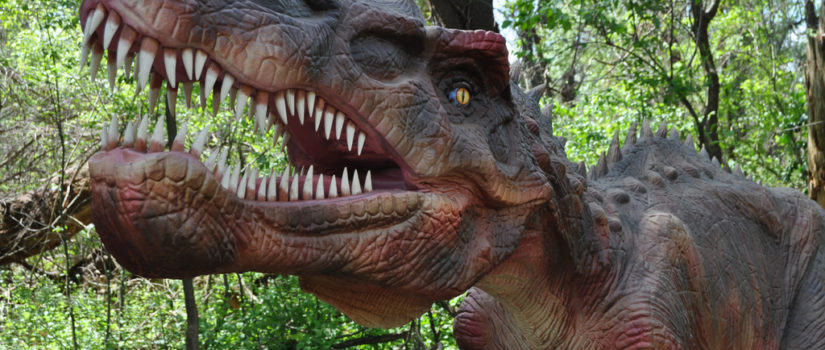Huge predator discovered in Utah

Palaeontologists on Friday announced they had uncovered the remains of one of the greatest land predators ever – a nine-metre (30-foot) four-tonne dinosaur that stalked the planet 100 million years ago.
The newly-discovered species has been called Siats meekerorum, whose first name honours a cannibalistic monster in the mythology of the Native American Ute people.
A giant meat-eater, the dino lorded it even over the tyrannosaurs of the time, the scientists said.
It would take another 30 million years or so before the eight-tonne Tyrannosaurus rex emerged to take the title of apex killer in present-day North America.
“This dinosaur was a colossal predator, second only to the great T. rex and perhaps Acrocanthosaurus in the North American fossil record,” said Lindsay Zanno, of North Carolina’s State University and Museum of Natural Sciences.
The fossilised remains were spotted sticking out from a rocky slope in the Cedar Mountain Formation in Utah in 2008.
It took two years for the scattered bones to be fully teased from the rocks and cleaned, and another couple of years to analyse them.
“It’s been 63 years since a predator of this size has been named from North America,” said Zanno in a press release.
“You can’t imagine how thrilled we were to see the bones of this behemoth poking out of the hillside.”
Siats – pronounced “see-atch” – belongs to the so-called carchardontosaurian group of theropods, or mighty two-footed carnivores.
The sediment in which the bones were deposited has been dated to around 98 million years old.
The monster fills a 30-million-year blank spot in the fossil record of North American predatory dinosaurs.
During this time, the role of apex predator switched from the carcharodontosaurians to the tyrannosaurs, in a “species turnover” that remains mysterious.
Vegetation was lush and prey was plentiful, giving great opportunities for carnivores to evolve into bigger sizes.
The tyrannosaurs, though, remained relatively small – and Siats’s dominating presence may explain why.
“Contemporary tyrannosaurs would have been no more than a nuisance to Siats, like jackals at a lion kill,” said Zanno.
“It wasn’t until carcharodontosaurs bowed out that the stage could be set for the evolution of T. rex.”
The study was published on Friday in the journal Nature Communications. The dinosaur’s name, in addition to honouring the monster in Ute culture, also references a family, the Meekers, who support young palaeontologists.
Originally posted on Times Live.
Photo: Lehigh Valley, PA.
